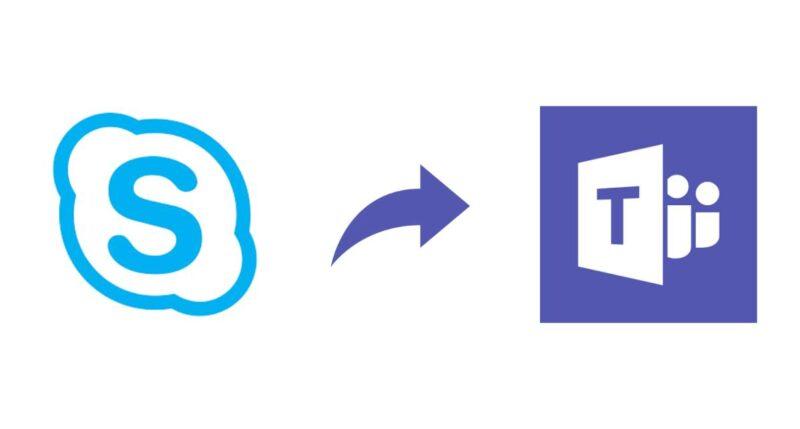
Goodbye, Skype! Microsoft makes a big change and bets on Teams
If you’ve ever used Skype, you know it was one of the most popular apps for video calls and messaging. For many years, it helped millions of people connect with friends, family, and coworkers. However, Microsoft has decided to shut it down and move users to Microsoft Teams, a more modern and feature-rich platform.
This change might seem sudden, but it has actually been in the works for a while. Technology evolves fast, and Skype was falling behind. So, what exactly happened? And how will this affect users?
Skype was once a revolution
Back in 2003, when Skype was launched, making video calls was still expensive and complicated. However, with its arrival, everything changed. Suddenly, anyone with internet access could talk via video for free, and that was groundbreaking!
That’s why Skype became so popular. People could see their long-distance friends, businesses started using it for meetings, and even job interviews went virtual. The success was so massive that, in 2011, Microsoft acquired Skype, expecting it to keep growing.
However, as time passed, newer apps entered the market. The industry shifted, and other platforms offered more modern and complete features. Slowly but surely, Skype lost its dominance and was no longer the top choice for users.
Why did Microsoft decide to shut down Skype?
The main reason is that people now need more than just video calls. Businesses, for example, require digital workspaces where they can send messages, share files, and hold meetings in an efficient way.
Microsoft Teams delivers all of this and more. It allows users to:
- Create chat channels where teams can communicate and organize tasks.
- Share files directly on the platform, eliminating the need for third-party apps.
- Edit documents in real time, allowing multiple people to work together.
- Host virtual meetings with high-quality video and audio.
- Integrate tools like Word, Excel, and Outlook, making workflow smoother.
Additionally, remote work has grown significantly in recent years, especially after the pandemic. This increased demand for tools that facilitate communication and teamwork. Teams perfectly adapted to this shift, while Skype was left behind.
What changes for those who still use Skype?
If you’re still using Skype, don’t worry! Microsoft has ensured that no one will lose their conversations or contacts. All users will be gradually migrated to Teams, and the transition will be carried out smoothly to avoid disruptions.
For those already using Teams, nothing will change—except that the platform might receive some improvements in the near future.
How does this impact the tech industry?
Skype’s shutdown is another example of how technology is constantly evolving. Apps that were once essential can be replaced when better solutions emerge.
This means competitors like Zoom and Google Meet will need to innovate to stay competitive. With Microsoft Teams gaining momentum, the competition in the digital communication market is heating up.
Furthermore, this shift signals that Microsoft is making a strong investment in Teams. Since many companies already use it, it’s likely to keep growing and become one of the leading platforms for business communication.
What’s next for online communication?
Skype’s end highlights an important trend: people want more than just video calls. Today, the ideal platform offers messaging, meetings, file sharing, and teamwork tools all in one place.
Teams aims to provide that, making interactions more practical and efficient. If you haven’t explored it yet, now might be the perfect time to see how it can enhance your daily routine.
Technology never stops evolving. What will come after Teams? Well, only time will tell!




